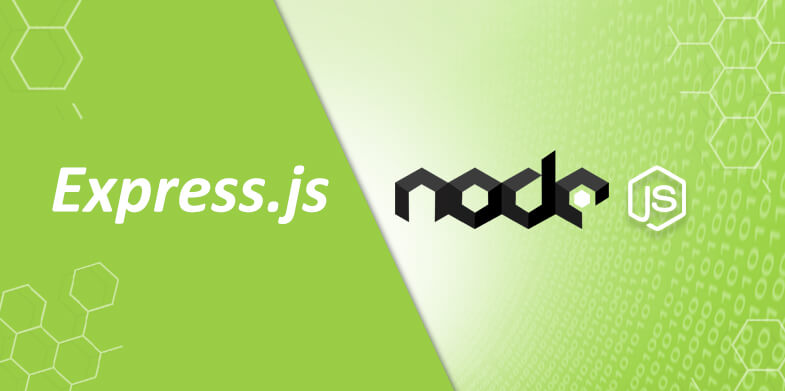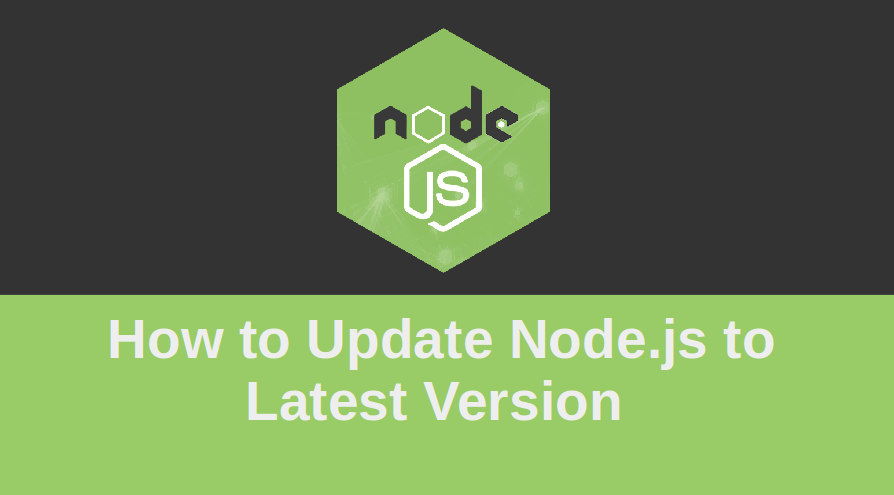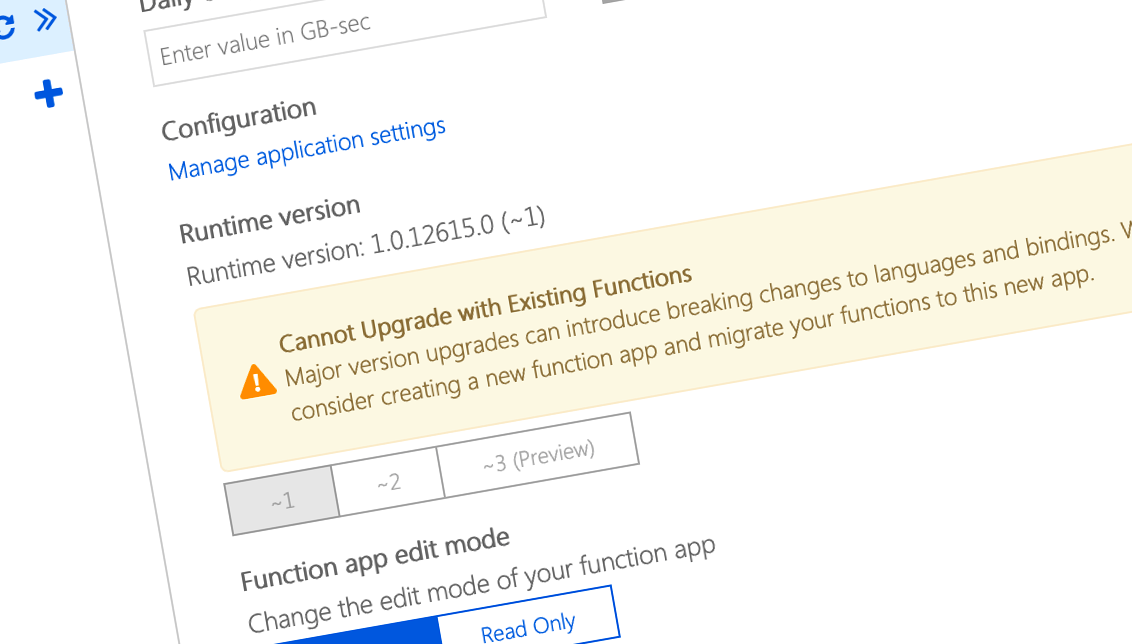



We don’t need to install a separate package for npm in this case, as it is included in the nodejs packae. Now you can install the nodejs package in the same way you did in the previous step: The PPA will be added to your configuration and your local package cache will be updated automatically. If everything looks OK, exit your text editor and run the script using sudo: You can inspect the contents of this script with nano or your preferred text editor: This will add the repository to our package list and allow us to install the new packages using apt.įrom your home directory, use curl to retrieve the installation script for your preferred Node.js version, making sure to replace 12.x with your preferred version string (if different): NodeSource has PPAs available for Node versions from 0.10 through to 12. This is an alternate repository that still works with `apt, and will have more up-to-date versions of Node.js than the official Debian repositories. To work with a more recent version of Node.js, you can install from a PPA (personal package archive) maintained by NodeSource. If you need a more recent version of Node.js than this, the next two sections will explain other installation options. To verify that the install was successful, run the node command with the -v flag to get the version: Then install the Node.js package, and npm the Node Package Manager: To get Node.js from the default Debian software repository, you can use the apt package manager. If you would like to experiment with Node using an easy-to-install, stable, and long-term option, then installing from the Debian repo may make sense. At this date it will no longer be supported with security and bug fixes. At the time of writing, this version is 10.15.2, which will reach end-of-life on April 1, 2021. Installing the Official Debian Node.js Packageĭebian contains a version of Node.js in its default repositories. You can learn how to set this up by following the initial server setup for Debian 10 tutorial. Before you begin, you should have a non-root user with sudo privileges set up on your system. This guide assumes that you are using Debian 10. We will discuss installing Node from the default Debian repository, using a more up-to-date PPA repository, and using NVM (Node Version Manager) to install and activate different versions of Node.įinally, we will show how to uninstall these different versions of Node. In this guide, we’ll show you how to get started with Node.js on a Debian 10 server. By leveraging JavaScript on both the front and backend, Node.js can make web application development more consistent and integrated. Node.js is a JavaScript platform for general-purpose programming that allows users to build asynchronous network applications quickly.


 0 kommentar(er)
0 kommentar(er)
